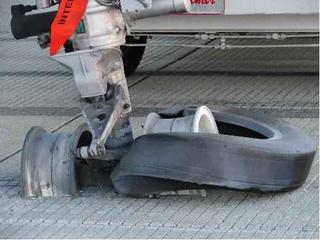jetBlowout


Just thinking about this incident....if Airbus had designed the A320 to jettison fuel, this A320 wouldn't have had to circle LA for 2+ hours, trying to burn fuel off to reduce the landing weight from a Max Takeoff Weight (MTOW) of 73.5 metric tonnes (162,040lbs) to Max Landing Weight (MLW) of 64.5 metric tonnes (142,200lbs). This would've meant no press, no fuss, no video, and no questions regarding the "safety of Airbus A320s" or other drivel. This is not a new incident. It has happened before -
a jetBlue A320 landed in JFK in 2002
...and a United Airlines A319 landed at O'Hare in 2002
Something to think about when executing your designs...
The additional weight of the fuel jettison pumps, the hassle in designing the piping to fit around the flight controls, the endless meetings about location and specifications and seals and so on......just adding that one subsystem could've spared so much work and time and resources from explaining and analyzing and talking about the failure of the nose gear on the evening news....where everything is objective:).
It did make for some cool photos. Think that nosewheel can be rebuilt?
EDIT!!!!--------------------------------------------(27 Sep 05)
Check out Joe Podcaster > for a downloadable MP3 of the discussion between the pilot of the jetBlue A320 and the dispatcher. I want THAT guy flying my plane.

0 Comments:
Post a Comment
<< Home